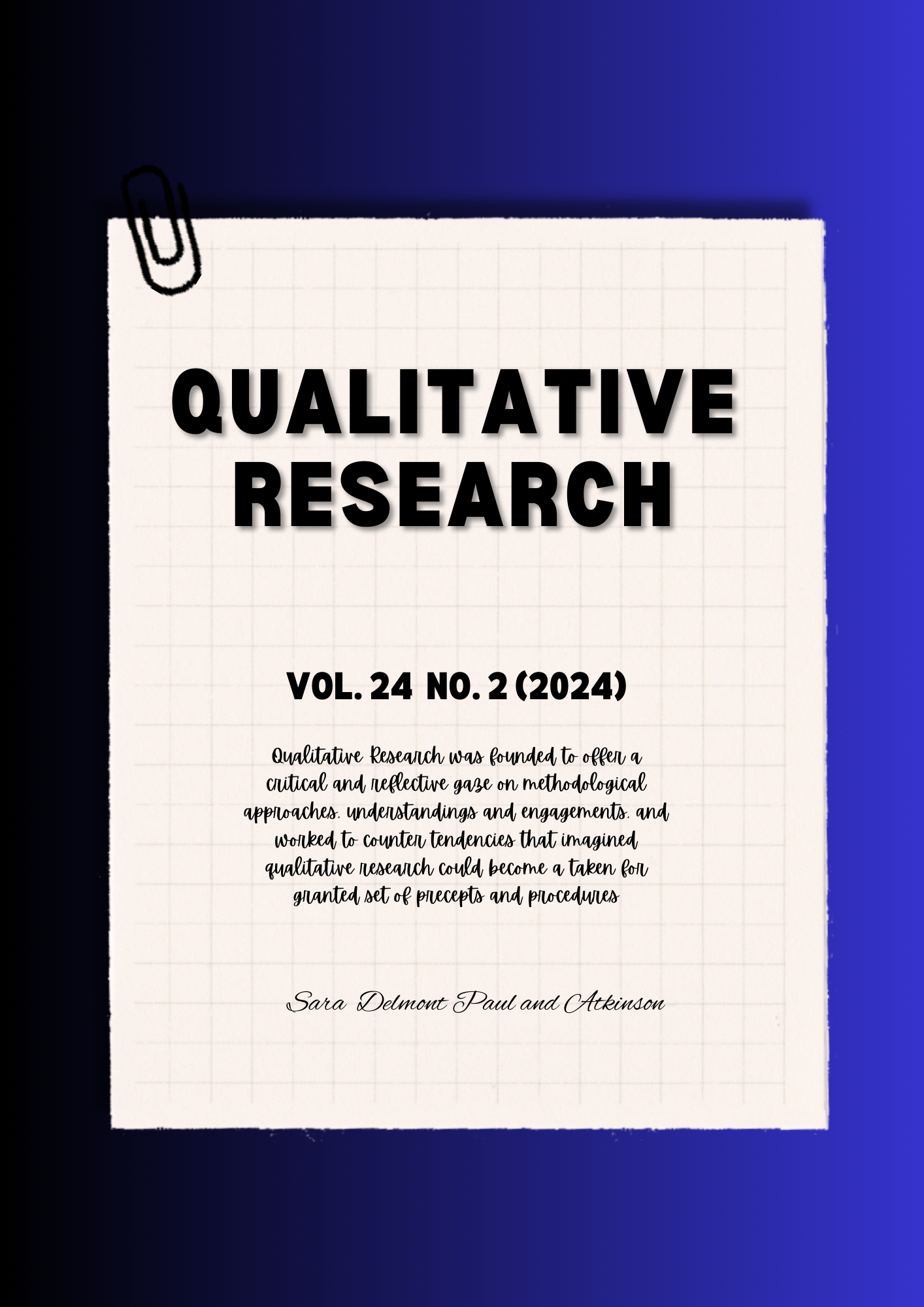Effects of Low, Medium, and High-Intensity Training Programs on Hemoglobin Levels in Amateur Football Players: An Experimental Comparative Study
Main Article Content
Abstract
The present study aimed to examine the effects of low, medium, and high-intensity training programs on hemoglobin levels in amateur football players. An experimental pre- and post-test study was conducted, with (n=80) participants divided into three experimental groups (Low Intensity Training, Medium Intensity Training, High Intensity Training) and a Control Group. Hemoglobin levels were measured before and after the training program. The results revealed significant differences in hemoglobin levels among the groups before the training program (p < 0.05). After the training program, all experimental groups showed a significant positive effect on hemoglobin levels compared to the Control Group (p < 0.05). Furthermore, the pre and post-test comparison indicated a significant positive difference in hemoglobin levels for all experimental groups and the Control Group (p < 0.05). These findings suggest that different intensity training programs have a significant impact on hemoglobin levels in amateur football players, highlighting the importance of adopting training interventions for optimizing athletic performance and health outcomes.
